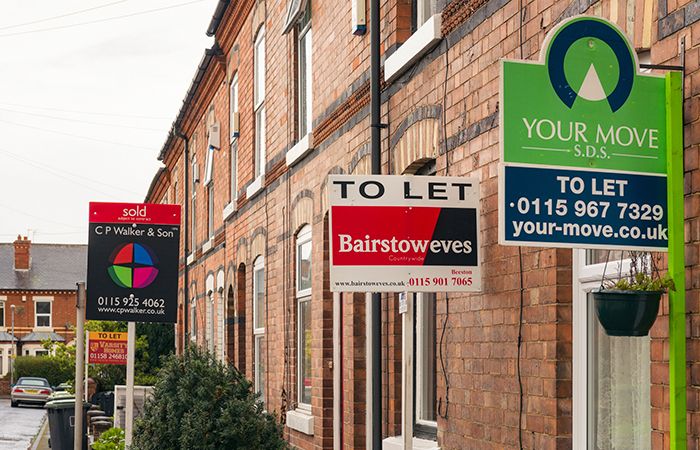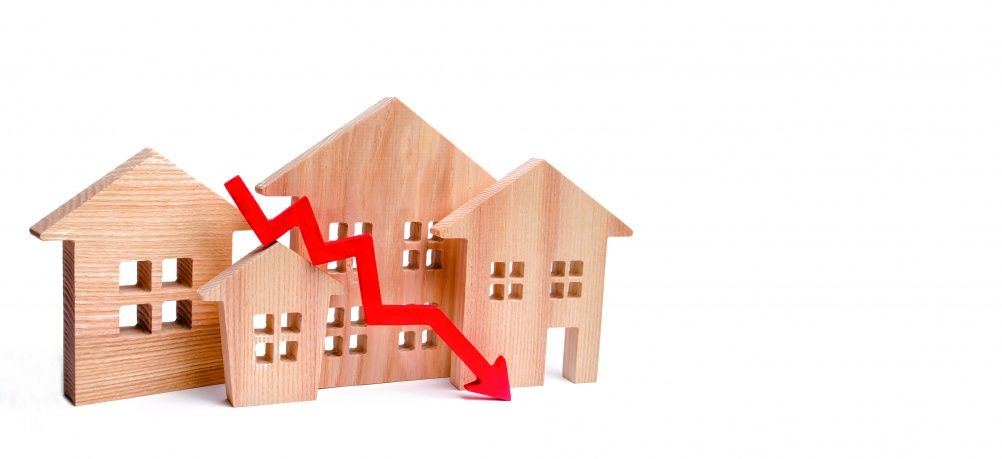
The number of buy-to-let companies leapt to a record 228,743 in the UK, after the amount of these firms set up last year jumped by 23 per cent, according to estate agent Hamptons.
A total of 41,700 new buy-to-let limited companies were set up in 2020, which allow landlords tax benefits on this type of property.
Over the last four years, when tax changes were first introduced, more companies were set up to hold buy-to-let properties than in the preceding 50 years combined, says Hamptons Monthly Lettings Index for December 2020.
Buy-to-let firms were the second most common business founded last year, only beaten by the 42,300 firms set up to sell goods online or by mail order.
More than a third, or 34 per cent, of all companies established to hold buy-to-let properties in 2020 were in London.
Since 2016 the tax benefit of holding property in a company, rather than under personal names, allows landlords to offset 100 per cent of mortgage interest against profits. Those holding a property in their own name can only offset 20 per cent.
The report says: “Given the high cost of property, generally landlords based in the South are more likely to be mortgaged which means that in cash terms their mortgage interest bill is likely to be higher. Therefore the benefits of incorporating a buy-to-let portfolio into a company are likely to be bigger.”
Hamptons head of research Aneisha Beveridge adds: “Despite growth of the private rented sector slowing in recent years, an increasing proportion of buy-to-let purchases are now being held in limited companies.”
Beveridge continues: “We estimate that around half of all rental properties bought today are being put into a company, up from close to one-in-five during 2016. While most of this growth has been driven by larger landlords, smaller landlords, particularly those who are higher rate taxpayers, have also reaped the tax saving benefits from incorporating.”
The report found rental growth accelerated sharply in December.
Over the last three months, annual rental growth rose from 1.4 per cent in October, to 3 per cent in November and 4.1 per cent in December. The December rate is the fastest rate of rental growth recorded in more than four and a half years since July 2016.
In December, all nine English regions saw rents rise, with rental growth also turning positive in Wales.
Rents in London began to rise in November for the first time since the start of the pandemic, following eight months of falls. In December, rental growth jumped from 0.3 per cent to 1.6 per cent in the capital.
However, rents in Inner London remain well down on last year, falling 11.5 per cent between December 2019 and December 2020.
Hamptons Beveridge says: “December marked the first time since the onset of the pandemic that prospective tenant numbers surpassed 2019 levels. At the same time, the number of rental homes on the market fell by double-digit percentages in every English region outside London.”



